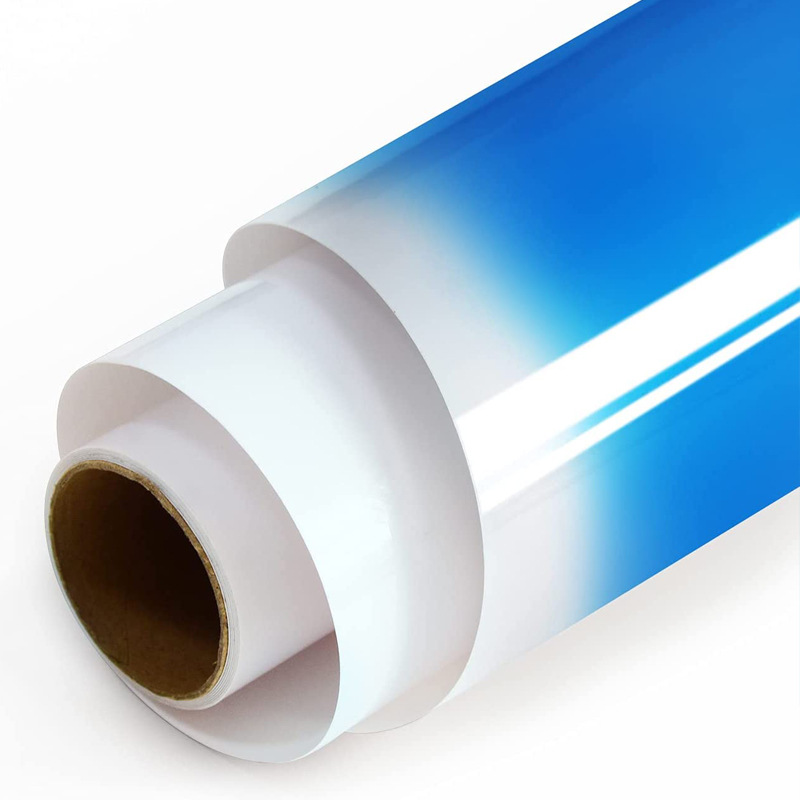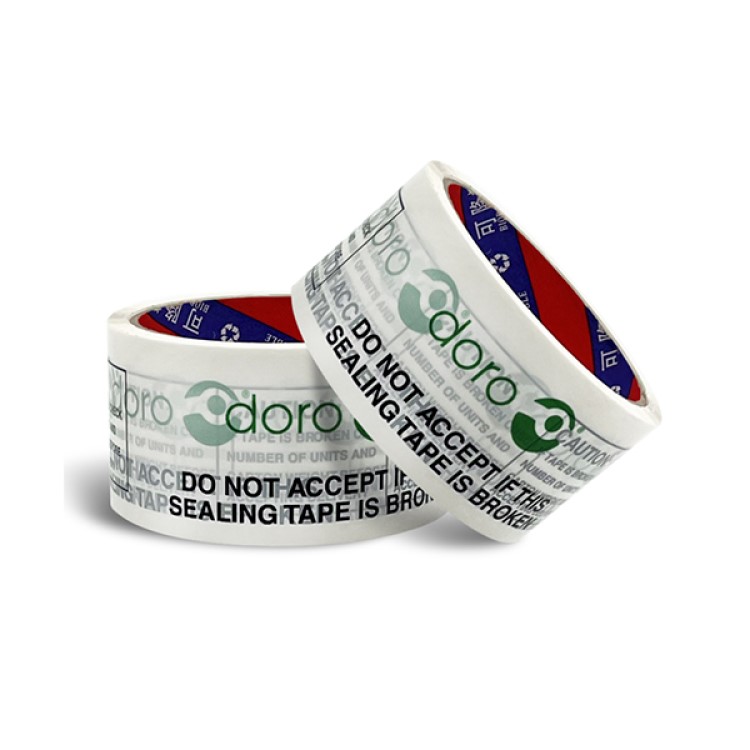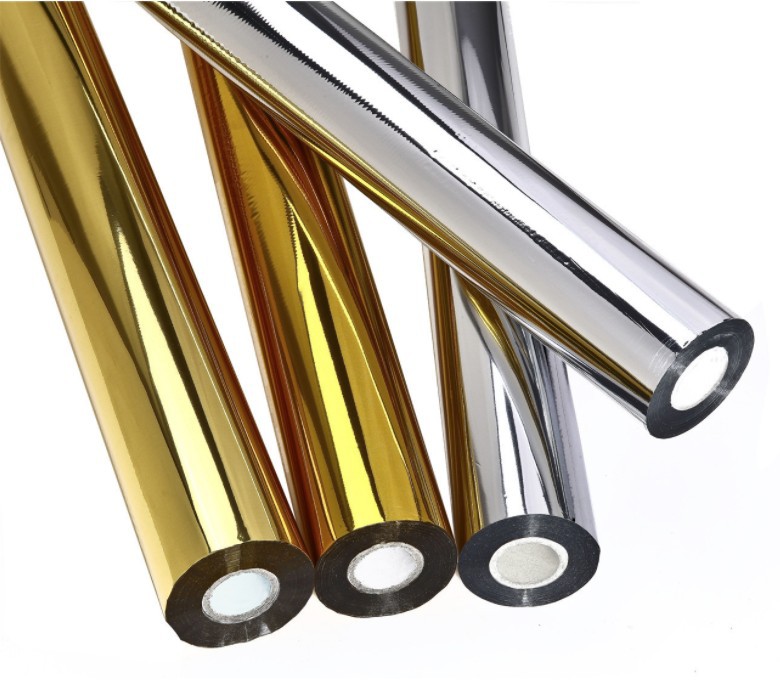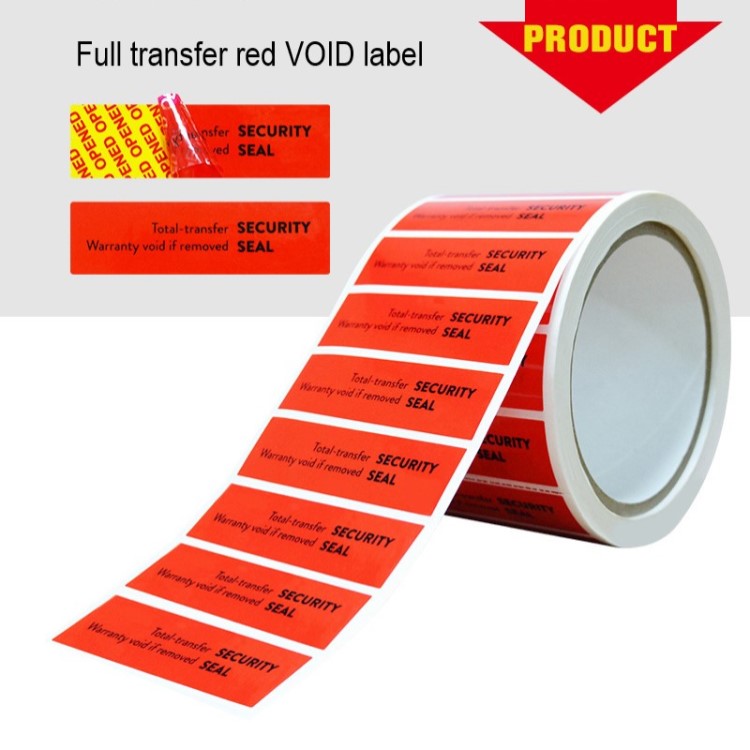
Durability label
A durability label consists of top coating, surface material, adhesive layer, release film, adhesive, and other components. Each layer of structure has different functions.
1. The surface material is the basic layer of the label. As the basic material for other layers, the surface material can provide strength, temperature resistance, chemical resistance, and other functions; There are multiple types of surface materials for labels. Paper surface materials have lower costs, but are not resistant to moisture and solvents; Plastic film, with excellent moisture and chemical resistance, is widely used in durability labels, especially PET film, which has high tensile strength and dimensional stability. PVC and PP materials have good adhesion. Polyimide and modified polyester have high temperature resistance, but they are expensive. Compare the characteristics of plastic film surface materials in 3M durability labels from four aspects: temperature resistance, outdoor durability, chemical resistance, and wearability. In practical applications, suitable surface materials can be selected based on factors such as usage environment and cost-effectiveness.
2. The top coating can increase ink adhesion and wear resistance; The top coating can firmly bond the surface layer and ink layer, not only improving the wear resistance and solvent resistance of the ink, but also creating various appearance effects such as matte and glossy. High performance topcoat is the key to achieving high-quality printing results.
3. Adhesive layer. The adhesive layer is an important structure to ensure that the label can be firmly attached.
The surface material, top coating, and adhesive layer are the core components of the entire durability label. Adhesive is also of utmost importance in durability labels.
Classification of waterproof label paper
1. PET label paper: available in various colors such as bright white, matte white, silver, etc., commonly including silver dragon and silver label paper. It has excellent high temperature resistance, chemical corrosion resistance, good waterproof performance, durability, tensile strength, acid and alkali resistance, scratch resistance, friction resistance and other characteristics, but the cost is relatively high. It is used in conjunction with resin based carbon tape printing. Widely used in electrical, electric, and mechanical equipment.
2. Synthetic paper (PP adhesive label paper): Matte white, tough material, good extrusion resistance, and good moisture and waterproof performance; Its cost is lower than PET, and it can be used in combination with mixed and resin based carbon ribbon printing. It has thermal transfer printing performance and is widely used in applications such as electronic components and daily chemical products.
3. PVC adhesive stickers: also known as synthetic paper, have good chemical corrosion resistance and tear resistance, but their temperature resistance and tensile strength are generally affected by temperature; Widely used in applications such as electronics, machinery, batteries, outdoor stickers, etc. Due to the addition of many toxic additives during the production process of PVC labels, which are non recyclable and have poor biodegradability, they have a negative impact on environmental protection. So currently, the application of this label paper in the market is not as good as PET label paper.
4. A mixture of PP and PE (polyolefin): subjected to uniaxial stretching treatment by machine, it has high tensile strength and tear resistance, low opacity, soft material, and extrusion resistance. The material can stretch in one direction to form a straight line, but it appears very hard in another direction. This type of material combines softness and stiffness, with good stiffness in the machine direction and softness in the other direction. It has smooth labeling and good resistance to compression after labeling. It is widely used in daily chemical products.
5. Multi layer sticker synthetic paper (a type of PP material): It looks like paper, matte white, and has undergone biaxial stretching treatment. The material is tough and has good resistance to compression. At the same time, it has good thermal transfer printing performance and a hard material texture, suitable for flat or hard surfaces. It is widely used in electronic components and daily chemical products.

Durable waterproof label
Durable Waterproof Labels are made of polyester film, which is actually a polymer material. PET has good hardness and brittleness, can withstand certain high temperatures, resist harsh environments, and resist corrosion from chemicals such as acid and alkali. It is very suitable for outdoor and durable high-quality labels. The common colors include matte silver, matte white, bright silver, bright white, and transparent. There are 25 series (1 series=1um), 50 series, 75 series and other specifications according to thickness, which are related to the actual requirements of the manufacturer. Polyester material is thin but has high strength, and the surface coating is conducive to ink adhesion, but it requires UV light to cure during the printing process. High performance adhesives are suitable for various surfaces and can be used for product identification after processing and printing. There will be a moderate increase in in in mold labels.
The growth of lightweight glass bottle applications will continue to increase the use of shrink film labels, while the use of plastic labels for PET bottles will rapidly increase. The value-added and applicability of adhesive labels for glass and plastic containers will further expand.
Advantages of Durable Waterproof Label Printing
-
It possesses good mechanical properties, with an impact strength that is 3 to 5 times higher than other films, and exhibits excellent fold resistance.
-
It is resistant to oils, dilute acids, dilute bases, and most solvents.
-
It has outstanding high and low-temperature performance. It can be used for extended periods at temperatures up to 120°C, and can withstand short-term exposure to high temperatures of 150°C and low temperatures of -70°C, with minimal impact on its mechanical properties under both high and low-temperature conditions.
-
It has low permeability to gases and water vapor, providing excellent resistance to gases, water, oils, and odors.
-
It has high transparency, can block UV rays, and has a good gloss finish.
-
It is non-toxic, odorless, hygienic, and safe, making it suitable for direct use in food packaging.
Characteristics of Durable Waterproof Labels
Durable waterproof labels have the following notable features:
Excellent waterproof performance: Made from special waterproof materials, durable waterproof labels effectively prevent the penetration of liquids such as water and oil, maintaining the clarity and integrity of the label content. They ensure the readability of the label for an extended period, even in damp or underwater environments.
Strong adhesion: These labels typically possess strong adhesive properties, allowing them to firmly attach to various substrate surfaces without easily falling off. This ensures the stability and reliability of the label during long-term use.
Abrasion and chemical resistance: The surface of durable waterproof labels undergoes special treatment, providing exceptional resistance to abrasion, scraping, and the erosion of chemical agents. This extends the service life of the labels.
Environmental protection and safety: Durable waterproof labels prioritize environmental protection and safety during production and use. They are made from non-toxic and harmless materials that comply with relevant environmental protection standards and safety regulations.
Wide range of applications: Durable waterproof labels are widely used in situations requiring long-term storage or use in damp environments, such as food packaging, pharmaceutical labels, outdoor advertising, and industrial identification. They offer enduring labeling solutions for various products.
We offer comprehensive technical support, including free professional labeling solutions, advice on label materials and adhesive selection, as well as online/offline assistance from professional software and hardware engineers. Service email: andy@ownlikes.cn. In pre-sales, we leverage our extensive experience in specialty labeling projects to provide clients with the most suitable hardware solutions. Additionally, all our label barcode printers and scanners come with a three-year free warranty, demonstrating our confidence in our products.






This site is protected by reCAPTCHA and the Google Privacy Policy and Terms of Service apply.